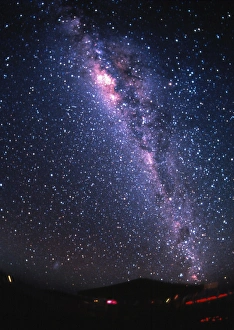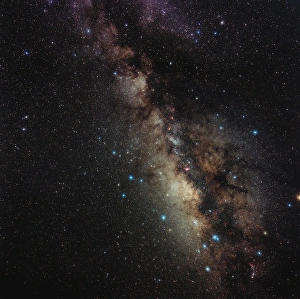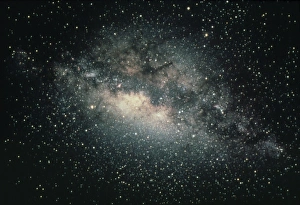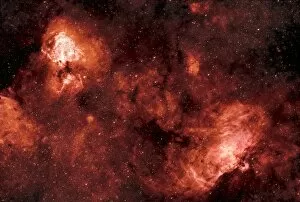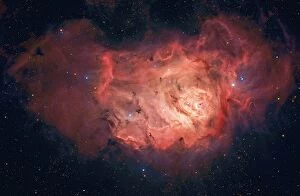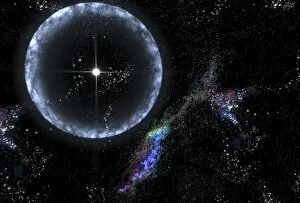Sagittarius Collection (page 7)
"Sagittarius: Exploring the Mysteries of the Cosmos" Giant Twisters in the Lagoon Nebula, known as M8, captivate stargazers with their ethereal beauty
All Professionally Made to Order for Quick Shipping
"Sagittarius: Exploring the Mysteries of the Cosmos" Giant Twisters in the Lagoon Nebula, known as M8, captivate stargazers with their ethereal beauty. This celestial wonder, nestled within the constellation Sagittarius, unveils a breathtaking tapestry of vibrant nebulosity. In November 1896, Eugene Samuel Grasset immortalized this cosmic marvel in his captivating artwork. As we gaze upon the night sky, our eyes are drawn to the Milky Way stretching over an old ranch corral. The Hourglass Nebula emerges like a celestial timepiece within NGC 6523 - another gem residing in Sagittarius' domain. Its intricate patterns and rich colors paint a mesmerizing portrait against the backdrop of space. Sagittarius Zodiac Symbol represents those born under its influence – adventurous souls who possess boundless curiosity and an insatiable thirst for knowledge. Antique illustrations on yellow aged paper depict zodiac astrology constellations series six; reminding us of humanity's fascination with these ancient symbols that connect us to our celestial origins. The Central Milky Way dominates Sagittarius' realm, offering a gateway into distant galaxies and uncharted territories. As we traverse through this vast expanse, we encounter NGC 6559 - a kaleidoscope of diverse nebulosity that showcases nature's artistic brilliance. Intriguingly intertwined with mythology and science alike, Sagittarius beckons us to explore beyond our earthly boundaries. It invites us to ponder life's mysteries while immersing ourselves in its awe-inspiring wonders. So let us venture forth into this cosmic playground and embrace all that Sagittarius has to offer – from swirling twisters to ancient symbolism – as it continues to ignite our imaginations and fuel our quest for understanding.





